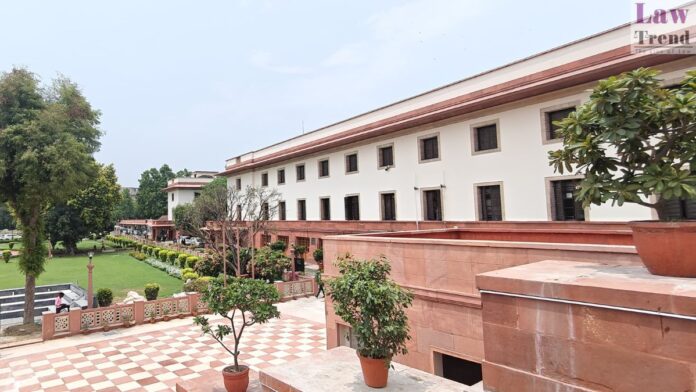A Bench of the Supreme Court comprising Justices Abhay S. Oka, Pankaj Mithal and Ahsanuddin Amanullah on May 14, 2025, quashed the convictions of eight appellants—including Tukesh Singh—who had been sentenced to life imprisonment for offences under Sections 147, 148, 307 read with 149 and Section 302 read with 149 of the Indian Penal Code.
To Read More Please Subscribe to VIP Membership for Unlimited Access to All the Articles, Download Available Copies of Judgments/Order, Acess to Central/State Bare Acts, Advertisement Free Content, Access to More than 4000 Legal Drafts( Readymade Editable Formats of Suits, Petitions, Writs, Legal Notices, Divorce Petitions, 138 Notices, Bail Applications etc.) in Hindi and English.







